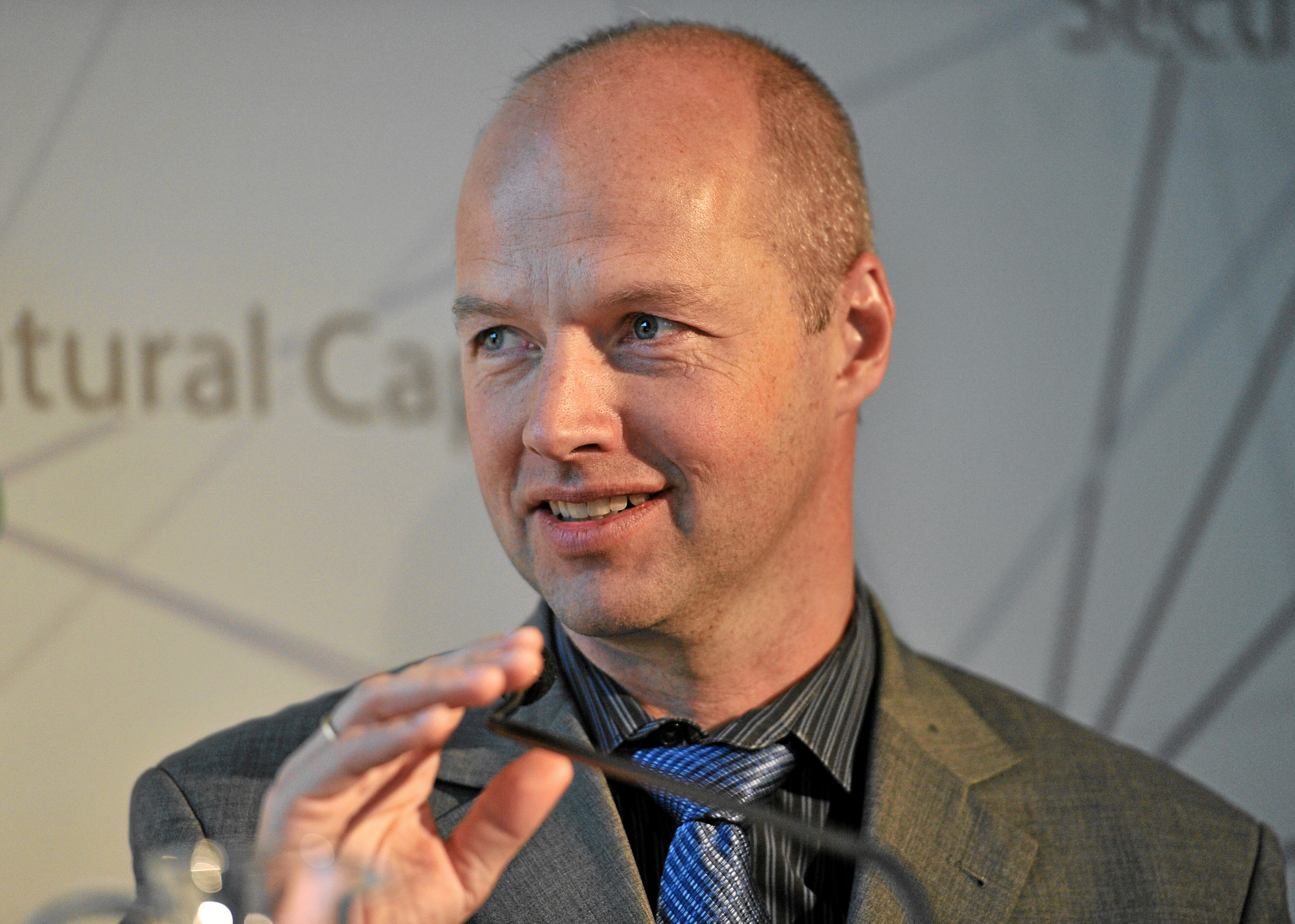It's all in the algorithms.

"Sebastian Thrun" is an educator, programmer, robotics developer and computer scientist from Germany. He is CEO and cofounder of Udacity, an institution he cofounded with David Stavens and Mike Sokolsky. He was a Google VP and Fellow, and a part-time Research Professor of Computer Science at Stanford University.
Thrun led development of the robotic vehicle Stanley (vehicle)/Stanley which won the 2005 DARPA Grand Challenge, and which has since been placed on exhibit in the Smithsonian Institution's National Museum of American History. His team also developed a vehicle called Junior, which placed second at the DARPA Urban Challenge in 2007. Thrun led the development of the Google_driverless_car/Google self-driving car.
Thrun is also known for his work on probabilistic algorithms for robotics with applications including robotic mapping. In recognition of his contributions, and at age 39, Thrun was elected into the National Academy of Engineering and also into the German Academy of Sciences Leopoldina in 2007. In 2011, Thrun received the Max-Planck-Research Award. and the inaugural AAAI Ed Feigenbaum Prize.
Fast Company selected Thrun as the fifth most creative person in business in the world. The Guardian recognized Thrun as one of 20 "fighters for internet freedom".
More Sebastian Thrun on Wikipedia.The dream of cars driving themselves is becoming a reality. Before, the question was whether it was possible. Now we know it is.
I am a big fan of putting the intelligence in the cars.
The potential here is enormous. Autonomous vehicles will be as important as the Internet.
It's a no-brainer that 50 to 60 years from now, cars will drive themselves.
It won't be a very fast drive going from San Francisco to Los Angeles ? it might just drive 55 mph, it won't go 90 like everybody else does in California.
The next big milestone we are heading for now is proving self-driving is possible in traffic. Our goal at Stanford is to be able, within the next two years, to drive from downtown San Francisco to downtown Los Angeles with 100 percent autonomy--without any human intervention whatsoever.
In the past, someone would look at a problem, write some code, test it, improve it by hand, test it again and so on. The problem is, software is becoming larger and larger and less and less manageable. So there's a trend to make software that can adapt itself. This is a really big item for the future.
None of us think about a world where all the cars are automated all the time. It could take society 20 years to adopt the technology.
Copyright © 2024 Electric Goat Media. All Rights Reserved.